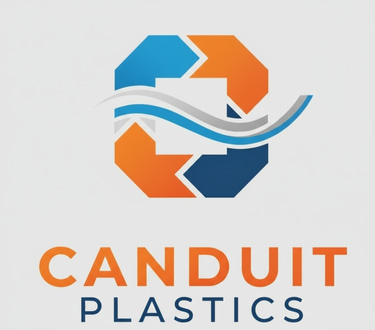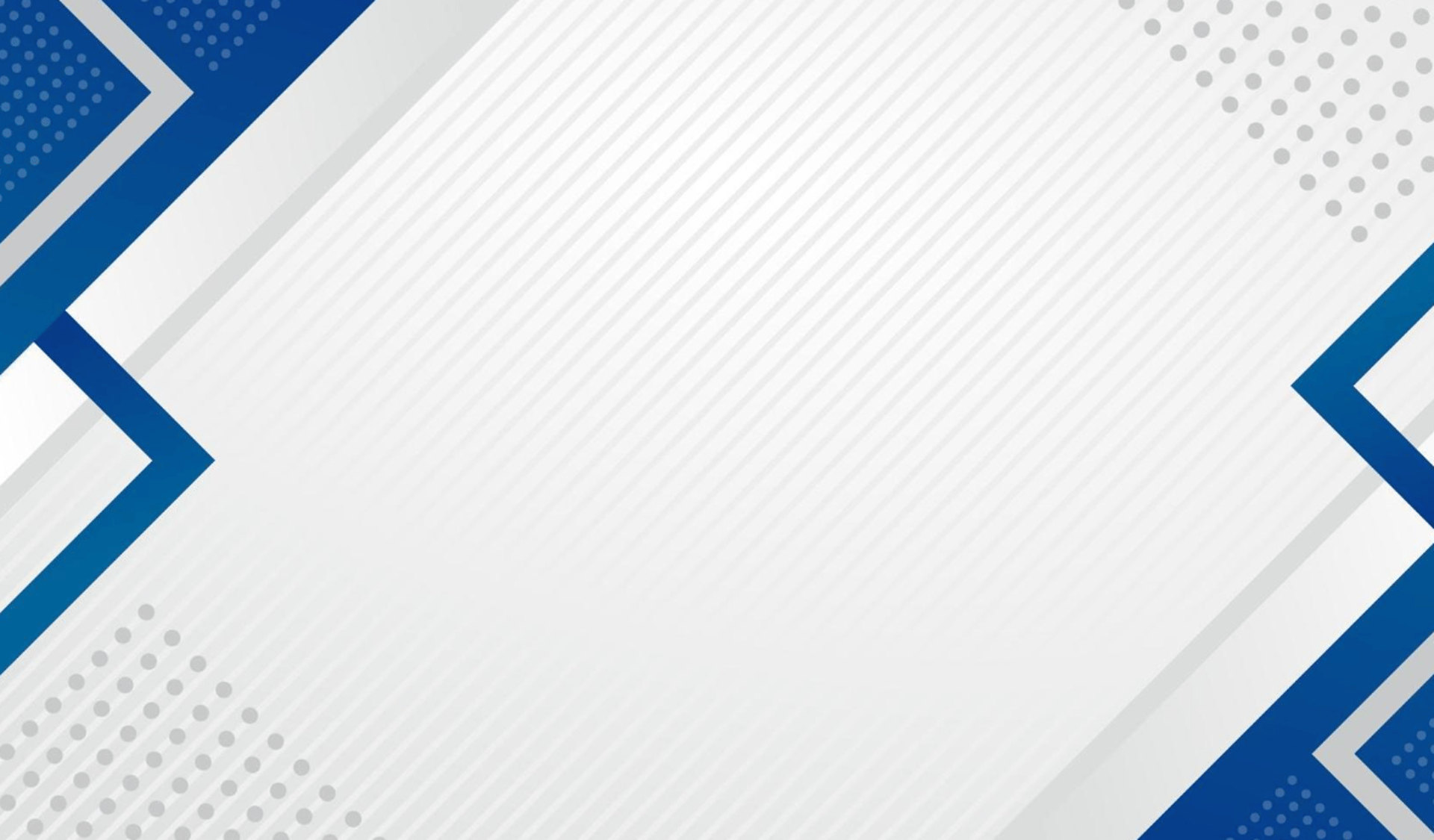
ABS-Like Resin 3D Printing: Tolerance & Dimensional Accuracy Specifications
When designing electronic enclosures, mounting brackets, or precision standoffs, dimensional accuracy isn't optional—it's critical. Canduit Plastics delivers ±0.1mm standard tolerance on ABS-like resin 3D printed parts, with ±0.05mm available for critical features. Our calibrated Elegoo Saturn 3 Ultra and rigorous quality control process ensure your parts fit right the first time, whether you need 10 pieces or 300.
Standard Tolerance Specifications
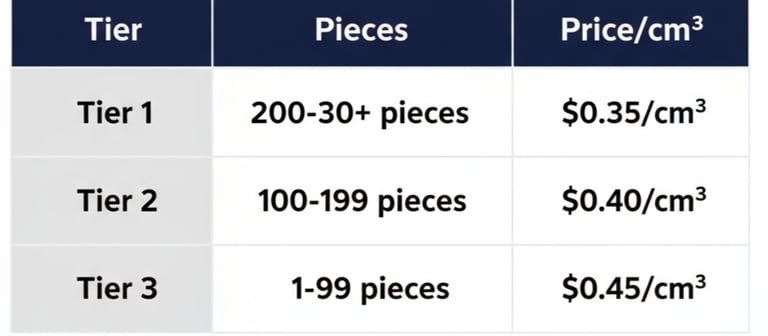


How We Compare: Canduit Plastics vs. Other Manufacturing Methods
Choosing the right manufacturing method depends on your tolerance requirements, batch size, budget, and timeline. Here's how resin 3D printing stacks up:

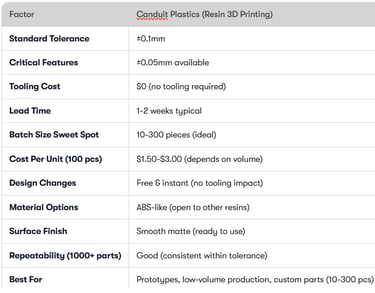












What ±0.1mm Tolerance Means for Your Electronics Parts
A ±0.1mm tolerance means your printed part will measure within 0.1 millimeters of your CAD file dimensions. For context:
· Wire cover clips: Snap-fit features will engage reliably without being too tight or loose
· Electronic enclosures: PCB mounting holes will align with your board layout
· Precision standoffs: Threaded features will accept standard fasteners without binding
· Cable management brackets: Mounting holes will match your installation pattern
For features where fit is critical—such as press-fit pins, threaded inserts, or mating surfaces—we can achieve ±0.05mm tolerance with careful design review and optimized print orientation.


When to Specify Tighter Tolerances
Our standard ±0.1mm tolerance works for most electronics applications. Consider requesting ±0.05mm tolerance for:
· Press-fit features: Pins, connectors, or inserts that must hold without adhesive
· Threaded holes: M2, M3, or M4 threads that must accept standard fasteners
· Mating surfaces: Parts that assemble with other components
· Alignment features: Locating pins, registration tabs, or indexing notches
Tighter tolerances may require design modifications (thicker walls, optimized orientation, additional supports) and slightly longer lead times. We'll review your file and recommend the best approach during quoting.
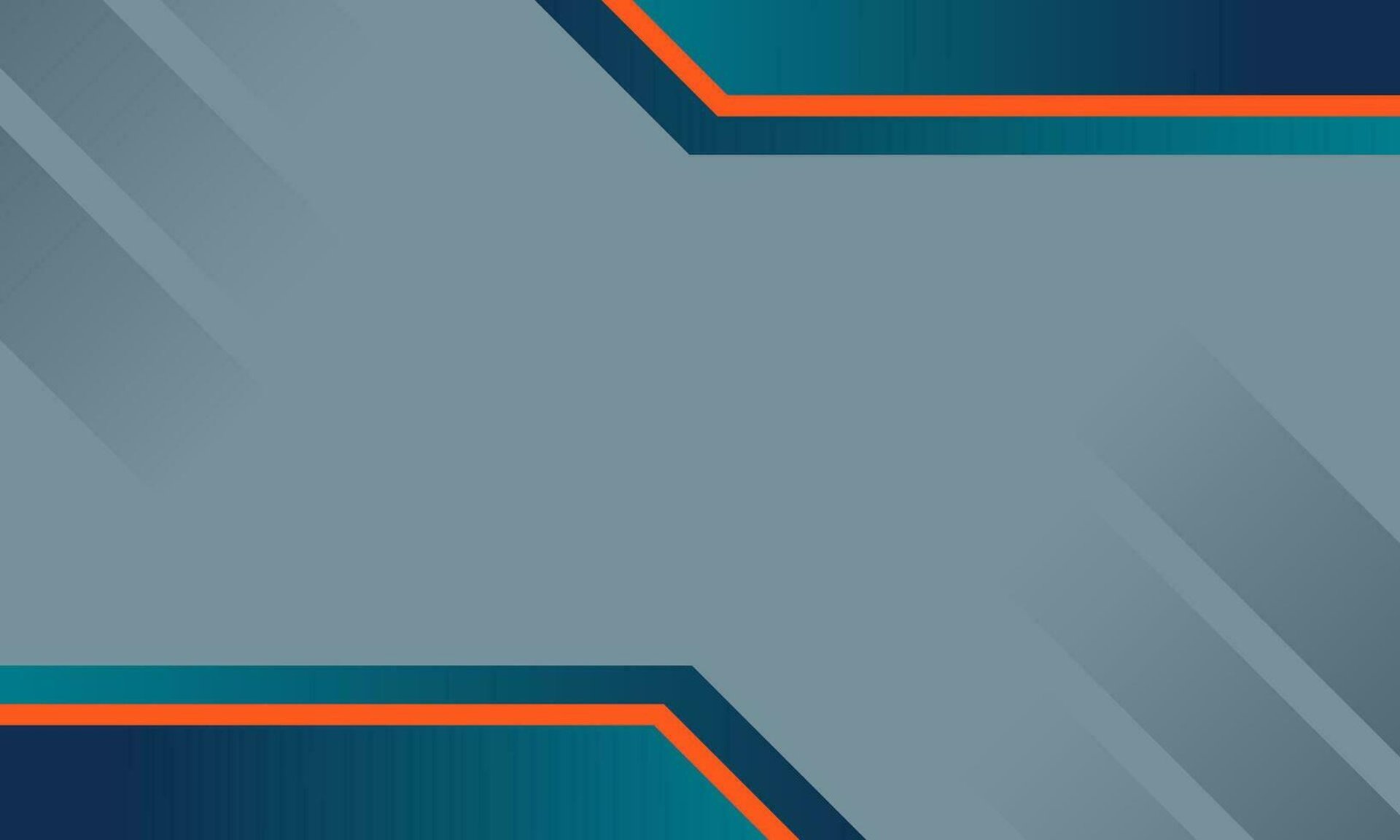
Design Tips for Optimal Tolerance


Hole Sizing:
· Design holes 0.1-0.2mm smaller than target size
· We can ream or drill to final dimension if critical
· Threaded holes: design for tap drill size, we can tap on request




Support Contact Points:
· Supports leave small marks (0.1-0.2mm raised areas)
· Indicate critical surfaces that must be support-free
· We'll optimize orientation to minimize support impact
Orientation Matters:
· Parts are most accurate in the XY plane (parallel to build plate)
· Z-axis (vertical) accuracy depends on layer height (0.05mm)
· Tall, thin features may require thicker design or orientation change




Wall Thickness:
File Format:
· Minimum 1.5mm for structural walls
· 2-3mm for threaded features or high-stress areas
· Uniform thickness prevents warping during curing
· STL files preferred (ensure watertight mesh, no errors)
· We accept STEP, IGES, OBJ—we'll convert at no charge
· Include dimensional drawing or critical dimension notes if available
